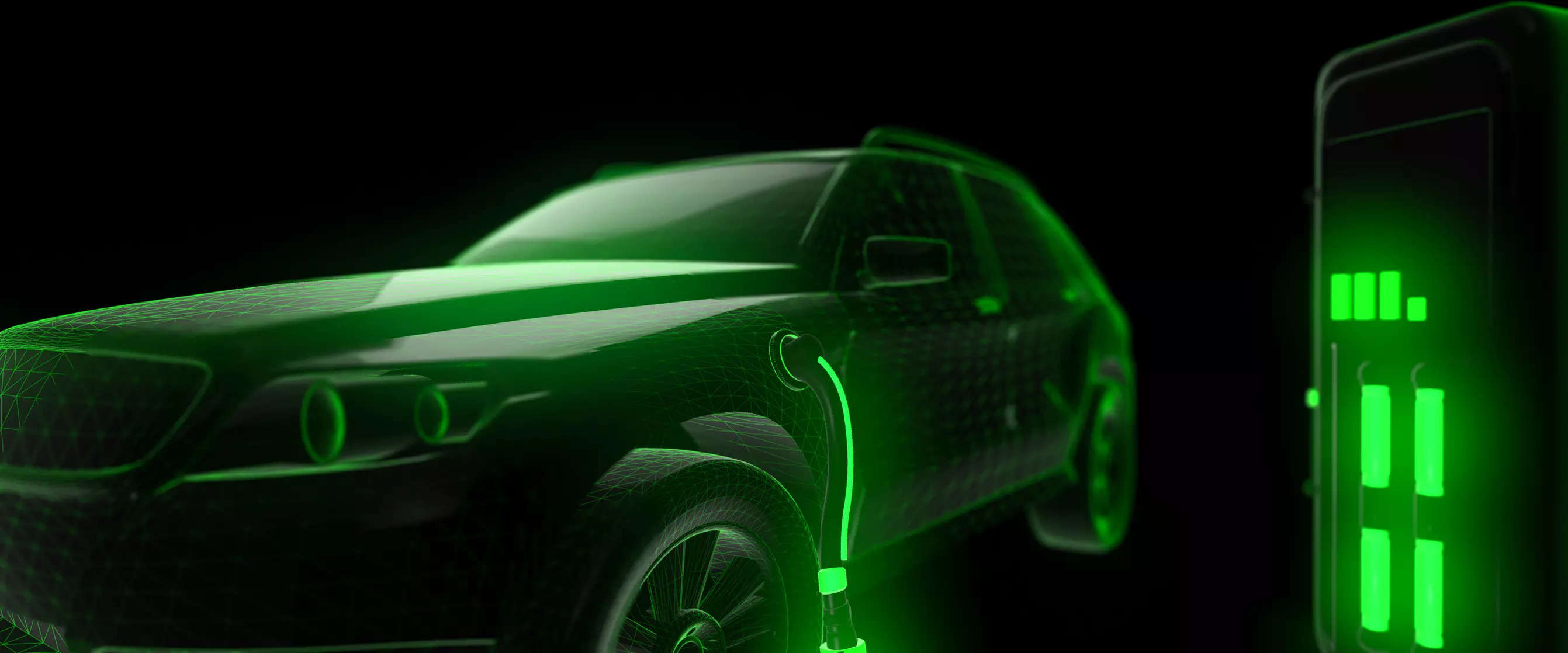
New Delhi: The National Association of Software and Service Companies (NASSCOM) in its observations on the draft Delhi Motor Vehicle Aggregator and Delivery Service Provider Scheme announced by the Delhi government in May 2023, has raised concerns about the unrealistic electrification targets for vehicles in the capital citing supply constraints, inadequate charging infrastructure, high entry costs and challenges ahead of the cab drivers.
Among other directives the draft policy wants that all bike taxis and two-wheeler renting services in the city use only electric vehicles in line with the 2020 Delhi electric vehicle policy.
NASSCOM has suggested that the onboarding targets of EVs must be revised and reflective of the EV ecosystem in the NCT. Electrification should be carried out in a phased manner. It further offers the need to create a working group of aggregators and delivery service providers to work with the Government of Delhi for electrification. The Government should encourage these partners by incentivizing them.
NASSCOM notes that now only 0.16% of total vehicles in use in Delhi are EVs. Citing the vast difference in electrification targets and current realities, the note states that the current share of EVs in Delhi is a mere 0.74%, 30.3% and 0.16% for 2W, 3W and 4W vehicles respectively. Even for the EVs that are available for commercial use, the range offered is not viable for ridesharing as there is a need for a 100 km+ range to be economically viable.
In addition, charging infrastructure is inadequate, as many charging stations that have been set-up in NCT of Delhi do not work properly, are too crowded during peak travel hours and are not available in all areas which requires drivers to take long detours for charging their vehicles.
The cost of acquiring EVs is also considerably higher than the Internal Combustion Engine (ICE) counterparts. Industry data show that for goods and passenger mobility vehicles, 2-wheeler EV models are ~25% more expensive, 3-wheeler EV models are ~40% more expensive and 4-wheeler EV models are ~60% more expensive than their ICE counterparts.
NASSCOM’s note also presses upon the case of bike taxis in Delhi which are currently banned by the State Government. As per the proposed Aggregator guidelines, the transition from ICE motorbikes to electric 2-wheelers has to be immediate with aggregators needing to onboard 100% EVs from the date of notification. The note emphasizes the need to relook at these targets given that only 0.74% of all two-wheelers in Delhi are electric today. Moreover, most electric 2-wheelers available today are scooters and not motorcycles, the preferred form factor for bike taxi operators.
The note also states that it is problematic as the scheme mandates a different electrification target for aggregators based on whether they transport goods or passengers. But drivers use the same vehicle for ridesharing and deliveries interchangeably.
Raising concerns over the financial hurdles, the note states that the per vehicle license fee under the proposed scheme is exceptionally high. Citing an example it noted that a fleet operator with 10,000 vehicles might have to shell out a whooping INR 75 lakhs as license fee. Comparable to other states, this amount is at least 15 times more.
The note further details other objectionable clauses including the cap on electric three-wheelers, per vehicle fee for a driver etc. that will hinder the growth of the gig-economy and discourage drivers from on-boarding multiple platforms. This, in turn, will impact the mobility of people in the NCT of Delhi.
In a nutshell, the document emphasizes the need for a realistic approach and collaboration with stakeholders to address the ground realities and challenges hindering EV adoption and offer flexibility to gig-workers in Delhi through this policy.

